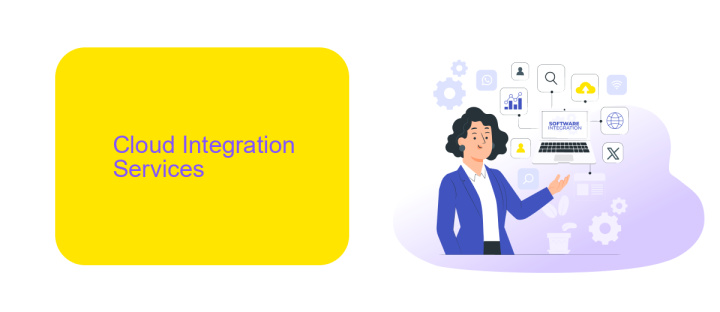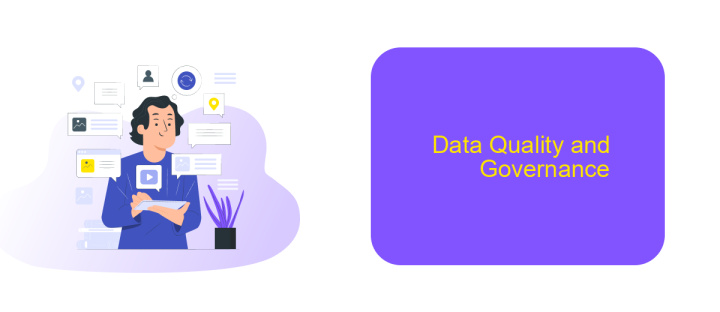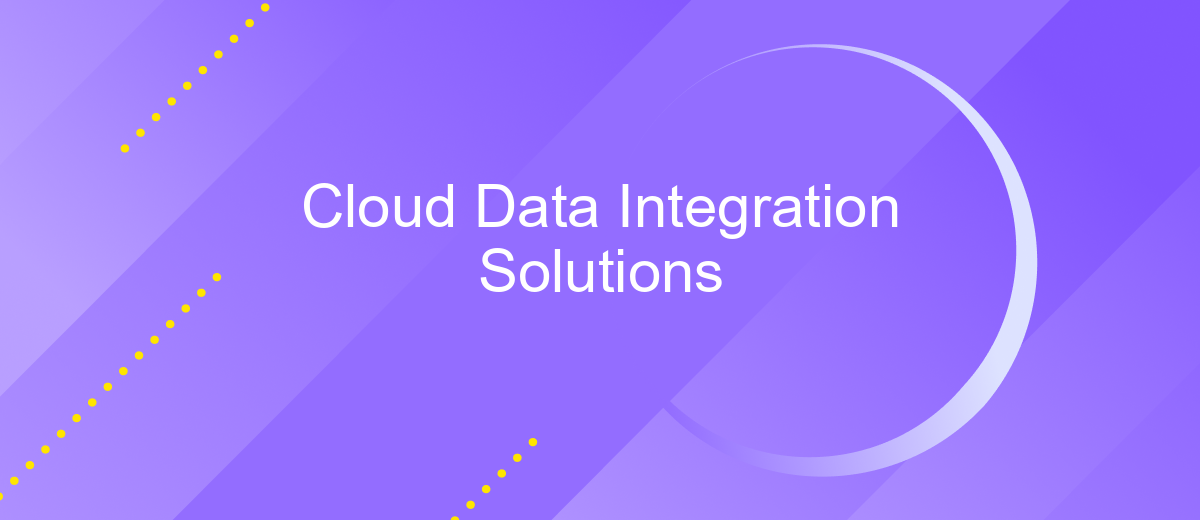Cloud Data Integration Solutions
In today's data-driven world, businesses are increasingly relying on cloud data integration solutions to streamline their operations and enhance decision-making processes. By seamlessly connecting diverse data sources, these solutions enable organizations to harness the full potential of their data, ensuring real-time access, improved data quality, and greater agility. Discover how cloud data integration can transform your business landscape.
Data Integration Patterns
Data integration patterns are essential for ensuring seamless data flow between disparate systems and applications. These patterns help organizations streamline their data management processes, improve data accuracy, and enable timely decision-making.
- ETL (Extract, Transform, Load): This pattern involves extracting data from various sources, transforming it into a suitable format, and loading it into a target system.
- ELT (Extract, Load, Transform): Similar to ETL, but data is loaded into the target system before transformation, leveraging the target system's processing power.
- Data Replication: This pattern involves copying data from one database to another, ensuring data consistency across systems.
- Data Virtualization: Allows real-time data access and integration without data replication, providing a unified view of data from multiple sources.
- API-based Integration: Uses APIs to enable real-time data exchange between systems, facilitating seamless integration and automation.
Platforms like ApiX-Drive simplify the implementation of these patterns by offering pre-built connectors and automation tools. ApiX-Drive enables businesses to set up integrations quickly, ensuring efficient data flow and reducing the need for manual intervention. By leveraging such services, organizations can enhance their data integration strategies and achieve better operational efficiency.
Cloud Integration Services

Cloud integration services play a crucial role in modern data management, enabling seamless connectivity between various cloud applications and on-premises systems. These services facilitate the smooth transfer of data across different platforms, ensuring real-time synchronization and accessibility. By leveraging cloud integration, organizations can streamline their workflows, enhance data accuracy, and improve overall operational efficiency. One notable service in this domain is ApiX-Drive, which offers a user-friendly interface for setting up integrations without the need for extensive coding knowledge.
ApiX-Drive supports a wide range of applications and services, making it an ideal choice for businesses looking to automate their data processes. It provides pre-built connectors and templates that simplify the integration process, allowing users to connect multiple systems effortlessly. Additionally, ApiX-Drive offers robust monitoring and error-handling capabilities, ensuring that data flows smoothly even in the event of disruptions. By utilizing such cloud integration services, companies can achieve greater agility and scalability, ultimately driving better business outcomes.
Data Integration Tools

Data integration tools are essential for businesses looking to streamline their data management processes. These tools enable organizations to combine data from various sources, ensuring consistency, accuracy, and accessibility. By leveraging these tools, businesses can make more informed decisions and enhance their overall operational efficiency.
- ApiX-Drive: A versatile tool that allows for seamless integration of various data sources and applications, making it easier to automate workflows and synchronize data.
- Informatica: Known for its robust data integration capabilities, Informatica offers a comprehensive suite of tools for data management and governance.
- Talend: An open-source data integration platform that provides a wide range of features for data extraction, transformation, and loading (ETL).
- Microsoft SQL Server Integration Services (SSIS): A powerful tool for data integration, transformation, and migration within the Microsoft ecosystem.
- Zapier: A user-friendly tool that connects different applications and automates workflows without the need for extensive coding knowledge.
Choosing the right data integration tool depends on your specific business needs and technical requirements. Tools like ApiX-Drive offer a flexible and user-friendly approach to integrating diverse data sources, while more comprehensive solutions like Informatica and Talend provide advanced features for large-scale data management. Ultimately, the right tool will help you achieve seamless data integration, improving your organization's efficiency and decision-making capabilities.
Data Quality and Governance

Ensuring data quality and governance is crucial for the success of any cloud data integration solution. High-quality data is essential for making informed business decisions, while governance ensures that data is used responsibly and compliantly. Proper data quality management involves validating, cleansing, and enriching data before it enters the system.
Data governance, on the other hand, establishes policies and procedures for data usage, ensuring that data is secure, compliant, and accessible to authorized users only. Effective governance minimizes risks and enhances trust in the data being used across the organization.
- Data validation checks for accuracy and consistency.
- Data cleansing removes duplicates and corrects errors.
- Data enrichment enhances data with additional information.
- Access controls ensure data security and compliance.
- Regular audits and monitoring maintain data integrity.
Tools like ApiX-Drive can significantly streamline the integration process by automating data transfers between various applications while maintaining high data quality and governance standards. By leveraging such tools, organizations can ensure that their data is accurate, reliable, and compliant with regulatory requirements.
- Automate the work of an online store or landing
- Empower through integration
- Don't spend money on programmers and integrators
- Save time by automating routine tasks
Success Stories
One of our clients, a leading e-commerce platform, faced significant challenges in synchronizing their customer data across multiple applications. By leveraging ApiX-Drive, they were able to seamlessly integrate their CRM, email marketing, and customer support systems. This integration not only streamlined their operations but also enhanced their customer engagement, resulting in a 20% increase in customer retention within the first quarter.
Another success story comes from a healthcare provider who struggled with manual data entry and inconsistent patient records. Implementing ApiX-Drive allowed them to automate data transfers between their electronic health records (EHR) system and billing software. This automation reduced errors and administrative workload, enabling healthcare professionals to focus more on patient care. As a result, they saw a 30% improvement in operational efficiency and a significant reduction in billing discrepancies.
FAQ
What is cloud data integration?
Why is cloud data integration important?
How does cloud data integration work?
What are the benefits of using cloud data integration tools?
Can I automate data integration without coding?
Apix-Drive is a simple and efficient system connector that will help you automate routine tasks and optimize business processes. You can save time and money, direct these resources to more important purposes. Test ApiX-Drive and make sure that this tool will relieve your employees and after 5 minutes of settings your business will start working faster.


